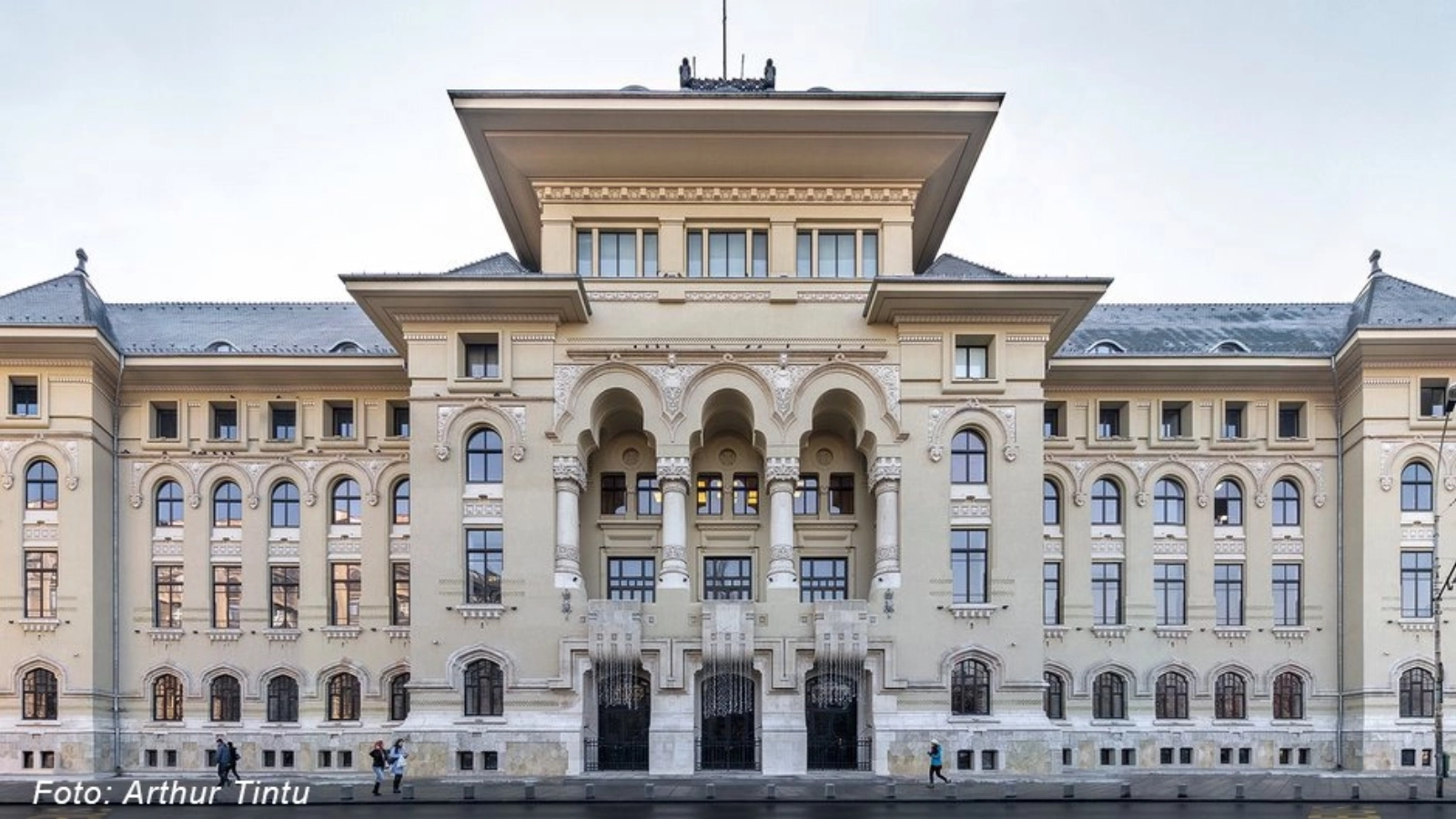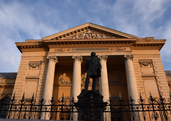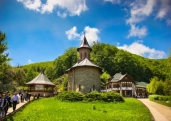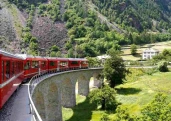On the occasion of Museums Night this Saturday, the Bucharest City Hall will host a string of events aimed at prompting visitors to rediscover the history and architecture of the Bucharest City Hall Palace, as well as stories about the city's past and present through exhibitions, film screenings and video installations, a release informs.
There are six exhibitions open for visit at the City Hall: "112 Heritage" - the map of the red-flagged Bucharest heritage buildings (Order of Romanian Architects - Bucharest branch), "Virtues of Restitution - Principles of Recovery in Aggressed Heritage Areas" (Order of Romanian Architects - Bucharest branch in partnership with the 'Ion Mincu' University of Architecture and Urbanism), "Buzesti and Verona Urban Masterplan Models" (Order of Romanian Architects - Bucharest branch), "Student in the Golden Age" (Andrei Birsan ), "After 20 years" (Andrei Birsan) and "Capital City Forts, From Ruin to Resource" (Historical Tourism Association).
Four installations will be on display - "Glossary of Architectural Terms" (Order of Romanian Architects - Bucharest branch), "I Am a Mayor Today" (Historical Tourism Association), "Uranus Conciliation" (Ideilagram) and the video installation about 20th-century Bucharest "Mihai Oroveanu Image Collection" (Project Show); the program also includes screenings of historical films from the archives of the Museum of the Bucharest Municipality.
Visiting hours are from 18:00 to 24:00, with the last entry at 23:45. Access to the building will be in groups of 10-15, and the visits will be guided.
The event is organized by the Bucharest City Hall through ARCUB, in partnership with the Order of Romanian Architects - Bucharest branch, the "Ion Mincu" University of Architecture and Urbanism, the Museum of the Bucharest Municipality, Zeppelin, the Historical Tourism Association and the Project Show.
The palace that currently accommodates the City Hall was built between 1906-1910 in a traditional, neo-Romanian style, according to the plans of architect Petre Antonescu. It was part of King Carol I's plans to build imposing headquarters for the main institutions of the new Romanian state. This particular building, which was to serve as headquarters for the Public Works Ministry, was erected by engineer Elie Radu on the vacant plot located opposite the Cismigiu Garden, called "Duca's Heath" at that time.

































Comentează